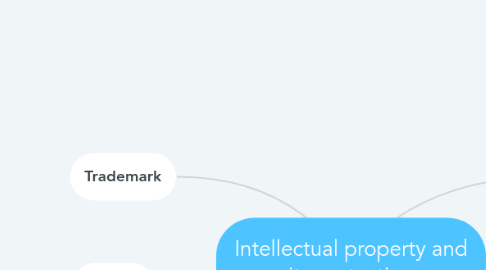Intellectual property and its protection
by Нигина Курбанова

1. Trademark
2. Patents
3. Geographical Indications
4. Trade Secrets
4.1. Since trade secrets are not made public, unlike patents, they do not provide ''defensive'' protection, as being prior art.
4.2. Are rights on confidential information which may be said or licensed.
4.3. The unauthorized acquisition, use, or disclosure of such secret information in a manner contrary to honest commercial practices by others is regarded as an unfair practice and a violation of the trade secret protection.
4.4. Be subject to reasonable steps taken by the rightful holder of the information to keep it secret, including the use of confidentiality agreements for business partners and employees.
4.5. Commercially valuable because it is secret.
4.6. Be known only a limited group of persons.
4.7. A trade secret may be also made up of a combination of elements, each of which by itself is in the public domain, but where the combination, which is kept secret, provides a competitive advantage.
4.8. A trade secret owner, however, cannot stop others from using the same technical or commercial information, if they acquired or developed such information independently by themselves.
5. Industrial Design
5.1. May consist of three dimensional features, such as the shape of an article, or two dimensional features, such as patterns, lines or color.
5.2. Prevents third parties from making, selling or importing articles bearing or embodying a design which is a copy, or substantially a copy, of the protected design, when such acts are undertaken for commercial purposes.
5.3. Appled to a wide variety of products of industry and handicrafts items: from packages and containers to furnishing and household goods, from lighting equipment to jewelry, and from electronic devices to textiles.
5.4. Needs to be registered in order to be protected under industrial design law as a "registered design".
6. Copyrights
6.1. Copyright may or may not be available for a number of abjects such as titles, slogans, or logos, depending on whether they contain sufficient authorship.
6.2. Protects original works of authorship, which might include literary works, music, art, and more.
6.3. Copyright protection extends only to expressions, and not to ideas, procedures, methods of operation, or mathematical concepts as such.
6.4. There are two types of under copyright: • economic rights, which allow the rights owner to derive financial reward from the use of their works by other; • moral rights, which protect the non-economic interests of the author.


